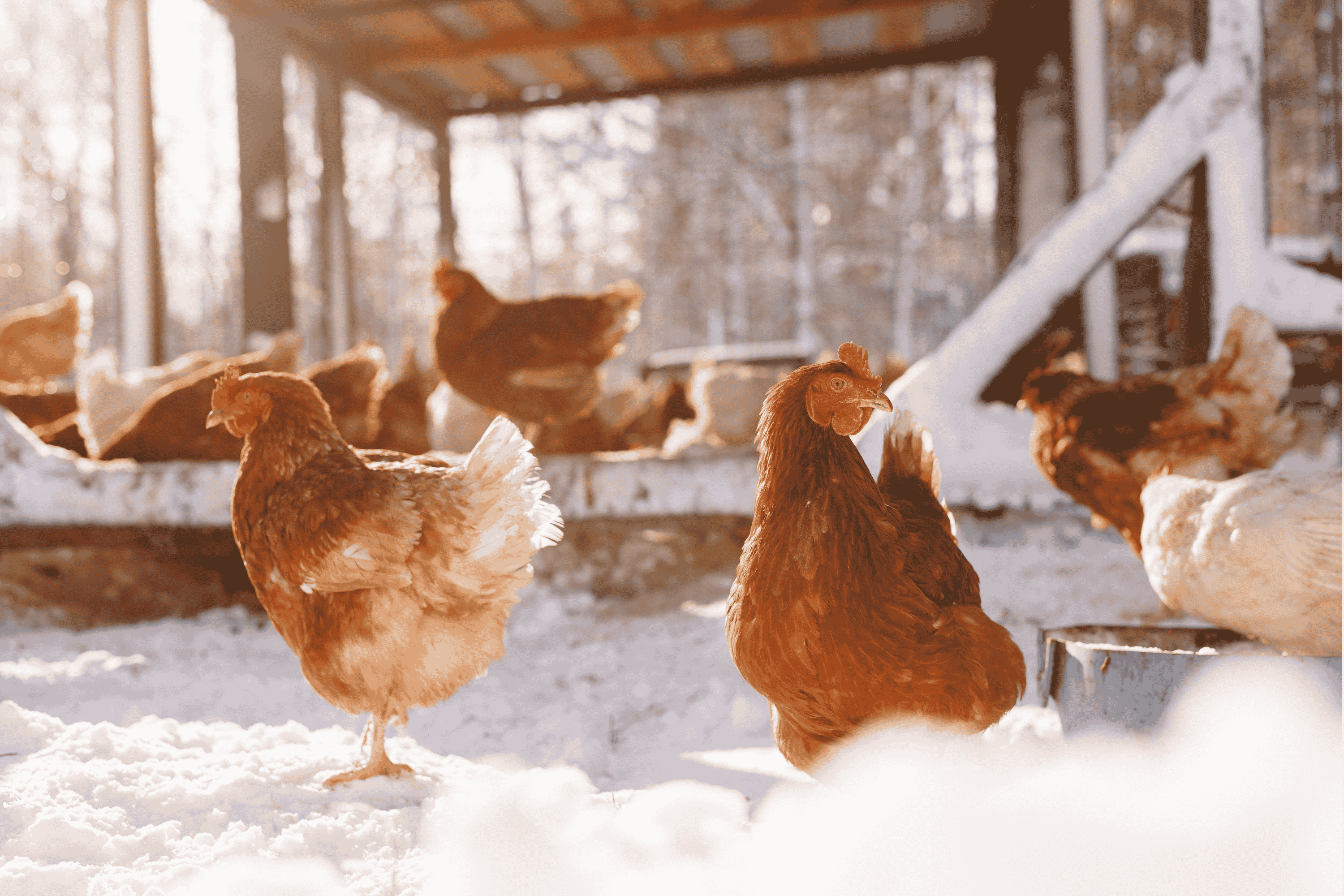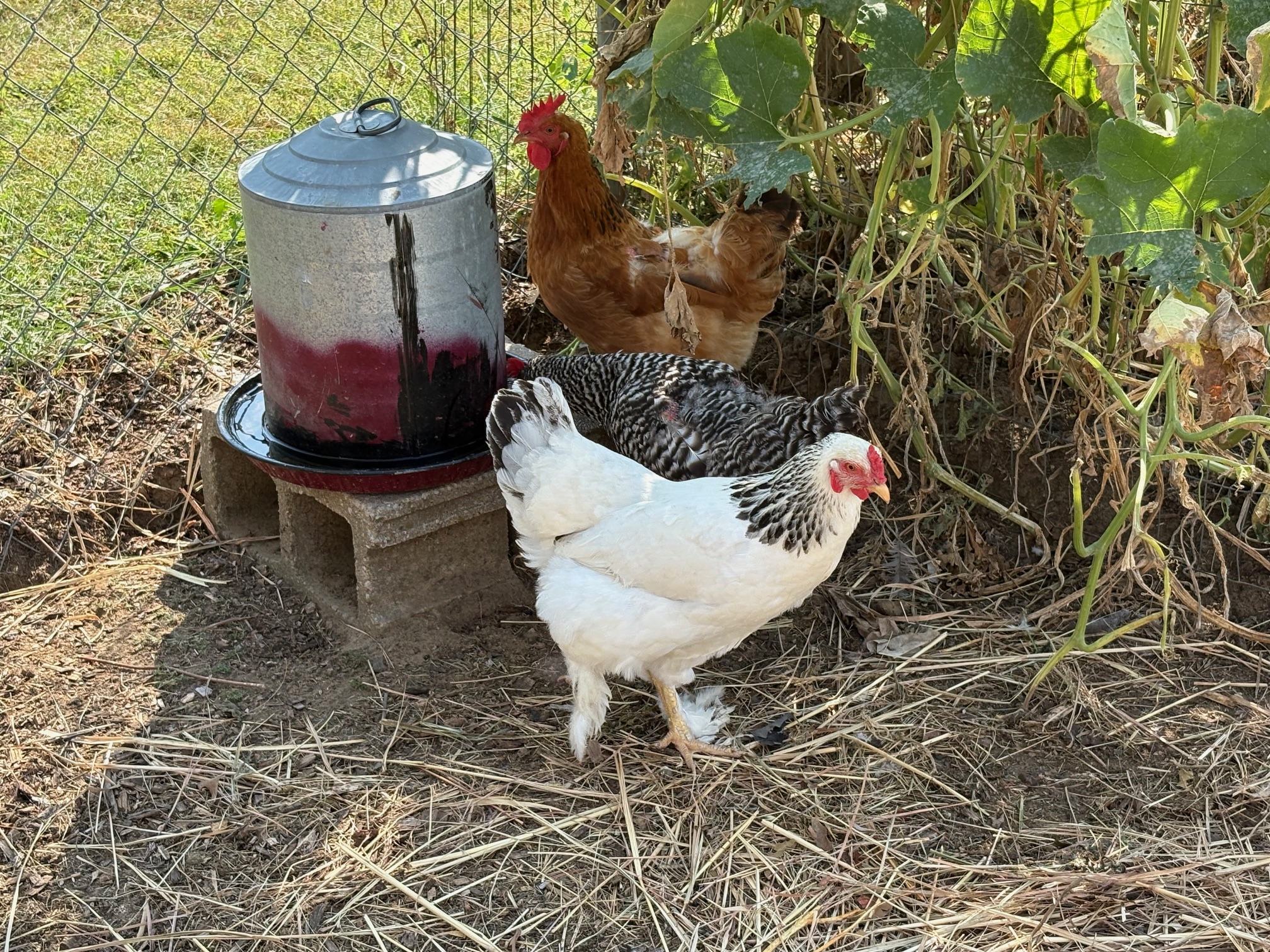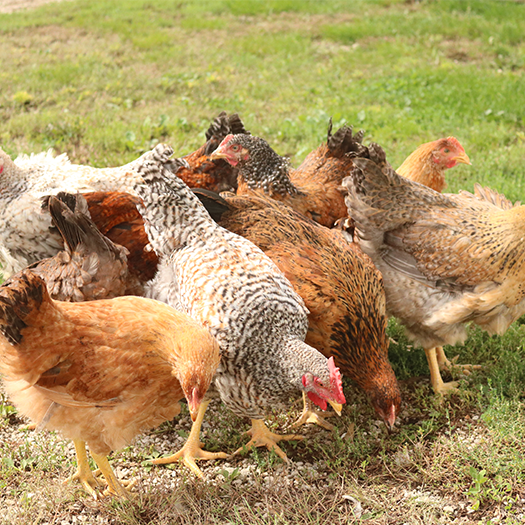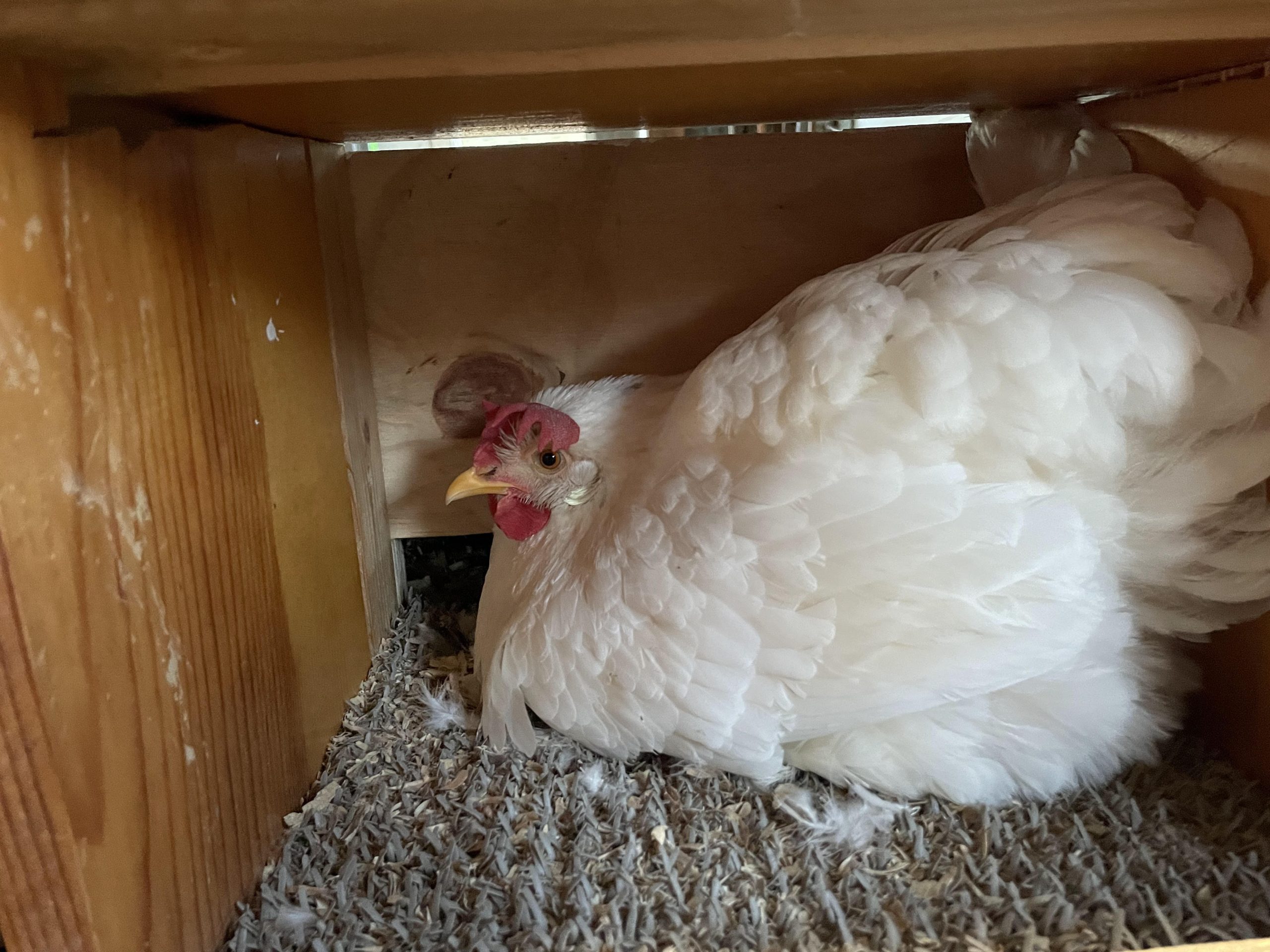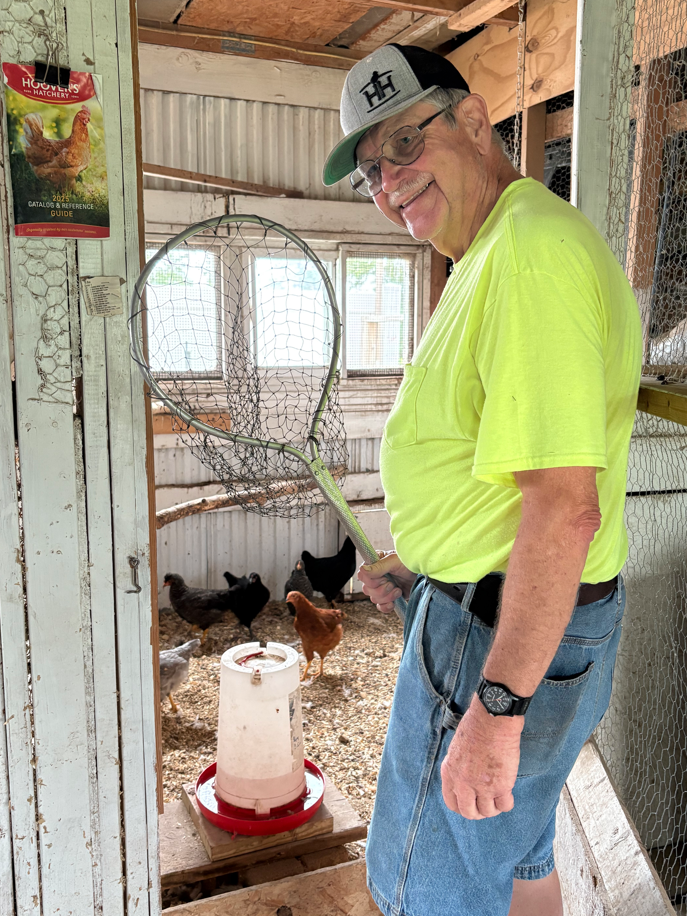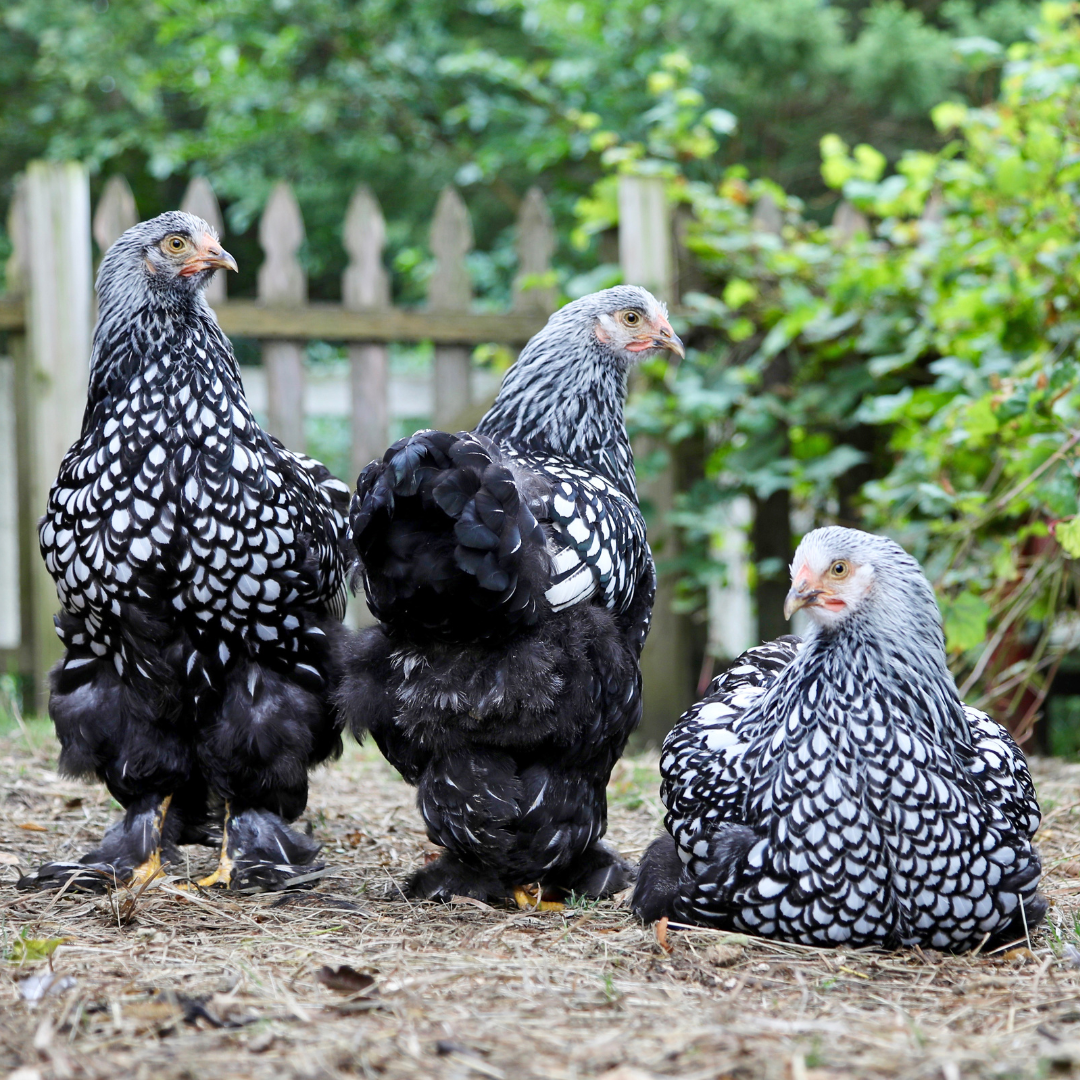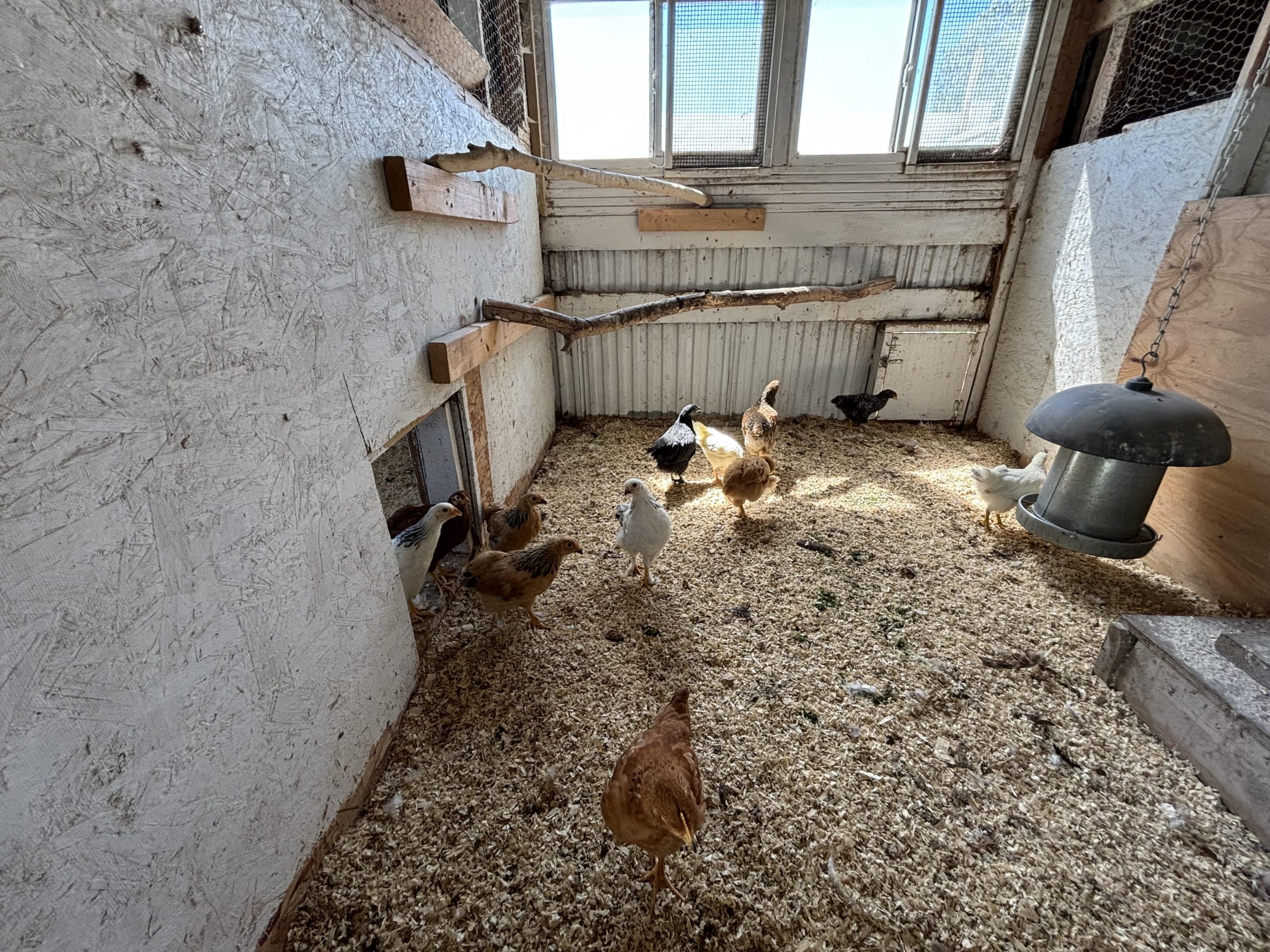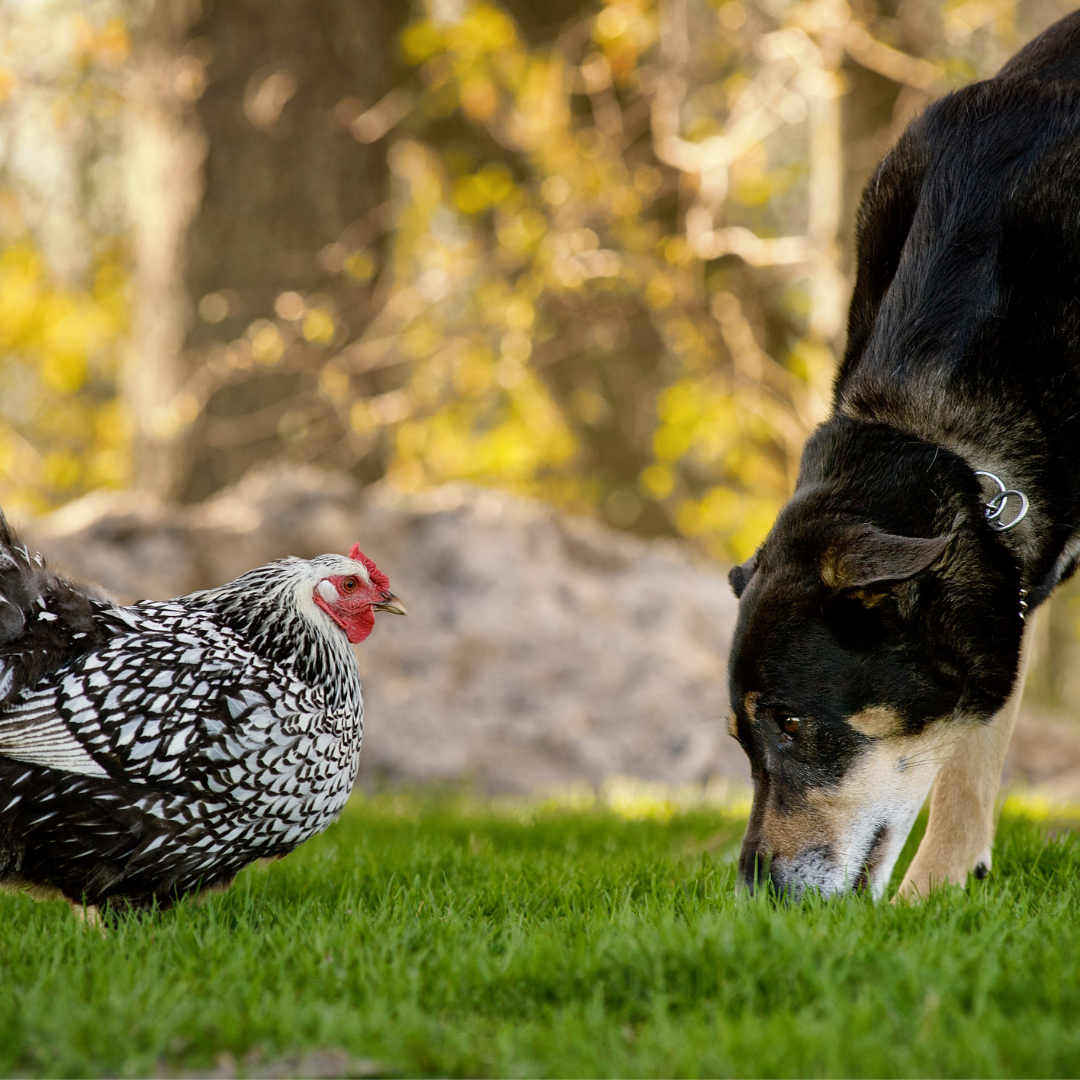Brrrr It’s cold out A new flock owner soon learns that subfreezing weather presents the challenge of keeping the chicken’s water liquid when mother nature wants to turn it to ice
Chickens have an amazing ability to thrive in cold weather, but they must have liquid water to drink They can’t consume ice or snow and must be able to drink liquid water many times every day
Years ago, our coop lacked electricity During cold spells we carried a bucket of warm water to the flock every couple of hours to replace one starting to ice over Replacing water frequently works
